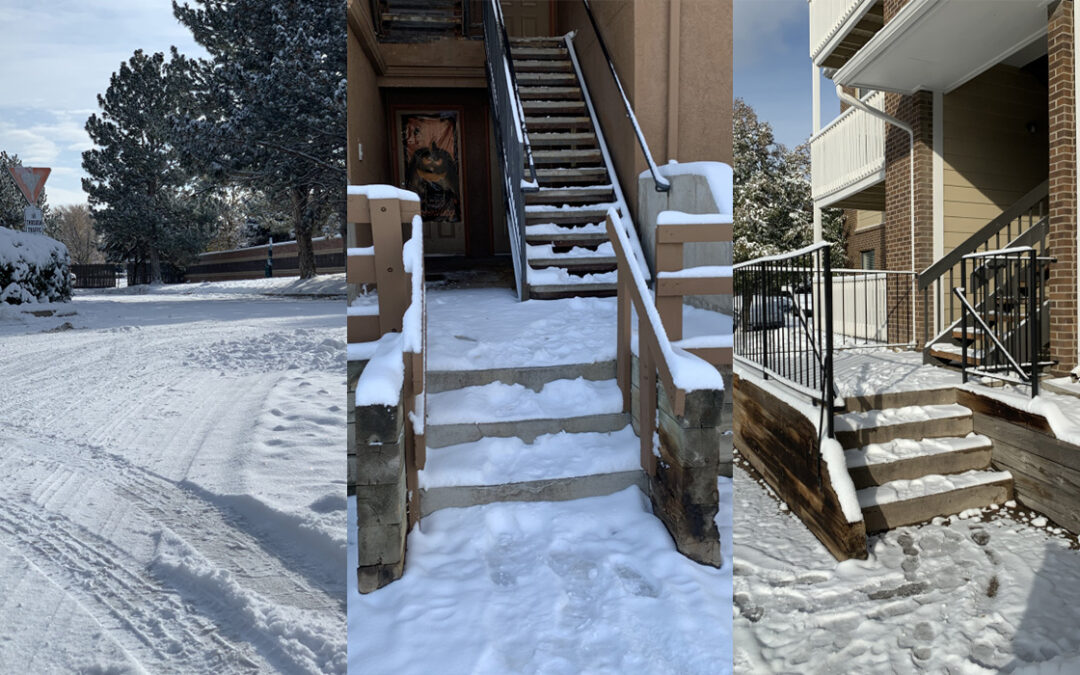
by Jennifer O'Connell | Dec 10, 2020 | Brain Injury, Colorado, Pedestrian Accident, Personal Injury, Premises Liability, Slip and Fall
Slip and Fall Injuries
If you slip and fall on black ice in Colorado and are injured, it is your own fault… Right? Slip and fall injuries are climbing in Colorado as mild winters fade into history and the population grows in our state. According to the Denver Post, in 2019, injuries due to slip and falls on black ice soared due to residents simply letting their guard down. But is that because the pedestrian is letting down their guard? To the contrary. Slip and fall injuries account for over one million hospital visits in the US annually according to the Bureau of Labor Statistics. Because of this Colorado not only has local ordinances about snow and ice safety, but our legislature saw fit to draft an entire Premises Liability Act to protect slip and fall victims.
Black Ice Law
City and county ordinances mandate that property owners, both commercial and residential, clear sidewalks and entryways of snow and ice quickly. But that is not where they duty to protect the community ends. In addition to those mandates, the Premises Liability Act requires that property owners consider measures like pre-treatment, continuous treatment, and post-storm treatment. The most common injuries sustained by our clients as a result of slip and fall incidents on ice are serious fractures, including to the wrists and spine. We have also represented multiple fall victims with traumatic brain injuries who sustained their trauma due to a fall on ice. Property owners must have a plan in place to take action to prevent, treat, and eradicate snow and ice dangers. And when that does not happen, and a person is injured as a result, the property owner must be held accountable for that injury.
Our Plan
Queener Law has been litigating against property owners for black ice slip and falls for decades. Our team has holding property owners accountable down to a science. That said, we also tailor all cases to your specific needs. Each of our slip and fall injury victims is assigned a partner, a paralegal, and a paralegal assistant who will work with them the entire way through the process. No assembly lines, no passing the file along. You and your team will be together from start to finish, every step of the way. We know your name, we know your case, and we know your specific needs. Our team will visit the site, hire the right team of experts for your specific circumstances, and build your case around you. The negligent property owner cannot be allowed to dictate the path ahead. We will keep you in the driver’s seat, with our team riding passenger.
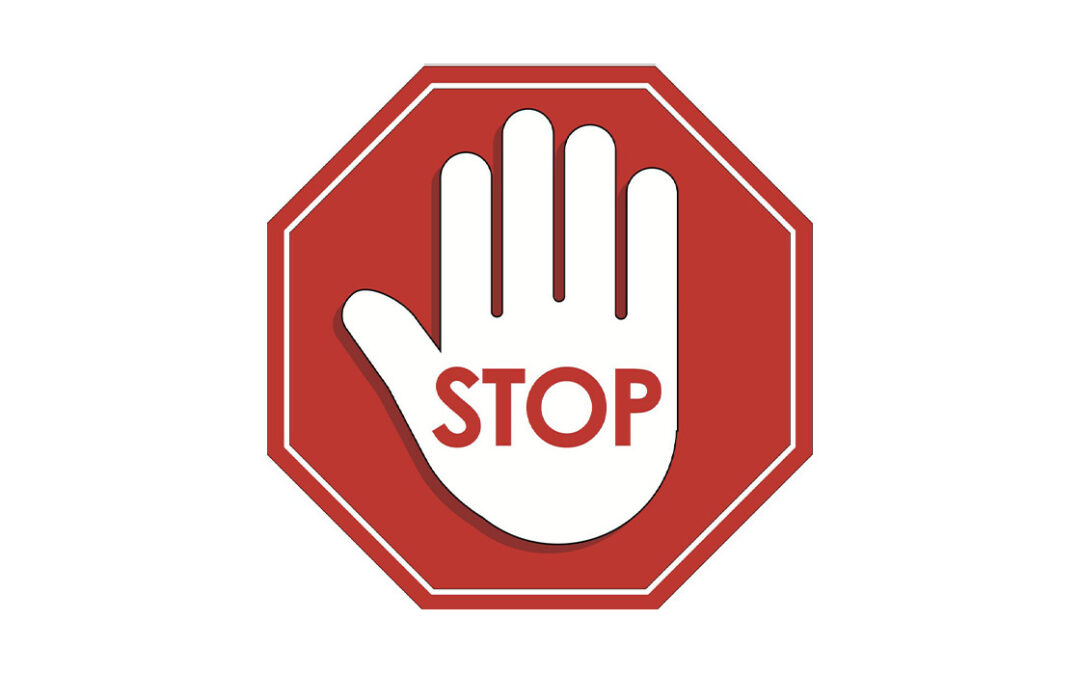
by Amy Foster | Sep 10, 2020 | Auto Accident, Bicycle Accident, Brain Injury, Bus Accident, DUI, Kentucky, Motorcycle Accident, Pedestrian Accident, Personal Injury, Tennessee, Trucking Accident
WHOA…Stop Right There!
You have just been rear ended by a distracted driver. Your injuries are typical with this type of wreck and you seek medical attention. Fast forward a few days, you start to get phone calls from the at-fault driver’s insurance company offering you a check. You just need to sign a release. What do you do? Take the money? The offer is pretty good and the holidays are just right around the corner… Attorney Henry Queener recently took on a seemingly simple case that went downhill fairly quickly. In the beginning, the client felt competent enough to deal with the insurance company on her own. This is a common mistake that we see quite often at Queener Law. Below is just one example of how “representing” yourself can go wrong.
Case in Point:
“We recently had a very nice lady call our office for help. She was concerned because the deadline for filing paperwork in the courthouse, also known as a statute of limitations, was only one month away. A heating and air-conditioning company truck had rear ended her at a stoplight. This particular business’s insurance company was offering her $25,000 and was really starting to hound her with phone calls, begging her to take the check. She was starting to feel uneasy. She finally called us wanting to know what her case was worth. Should she just take the $25,000 or hire an attorney? I explained to her that first and foremost, we needed to know the total of all the medical services she has received. She did not know, but she had a guess.
I then asked her who had been paying for the medical care she had been receiving. She told me that the at-fault driver‘s insurance company had used $5000 they had available for medical payments and then her own auto insurance volunteered to use $5000. After that Tricare, which is health insurance for those who have been in the military, and Medicare started paying for her medical care. Boy, was she surprised by what I told her next. I explained that she would have to open an account with both Tricare and Medicare to find out exactly how much they had paid out. By accepting the settlement money from the heating and air-conditioning‘s insurance company (you know, the quick check) she would automatically become obligated to pay Tricare and Medicare back. (Most likely this would eat up the initial offer of $25,000. What about future medical costs, loss of earnings, pain and suffering?)
She then had a dawning of realization. She had been getting letters from Medicare asking about the status of her settlement and did not really understand why she was getting them. Now she understood and it was so clear to her! Medicare was asking about the status of her settlement because Medicare was expecting payment out of her settlement. I then told her the news is worse than that. Her own auto insurance company did not do her any favors by using its $5000 for medical payments. Under Tennessee law, she has to pay them back too. She would’ve been better off if her auto insurance had never paid anything at all! She began to realize that she should have hired an attorney earlier in the process. AND, this is just the tip of the iceberg. There are several other things that have occurred in her case that are not helpful.
Unfortunately, insurance companies ARE NOT obligated to work together for your best outcome. Furthermore, many insurance agents and insurance adjusters often have a very poor understanding of insurance law and even their own insurance policies. She has now hired us. We are diligently working for our client, so that when her case is settled, it will be her money free and clear.” If you are ever faced with the aftermath of an accident, DO NOT attempt to deal with an insurance company alone. Your job is to focus on your recovery, our job is to deal with the insurance companies. Let Queener Law work for you. Contact us for a free case evaluation.
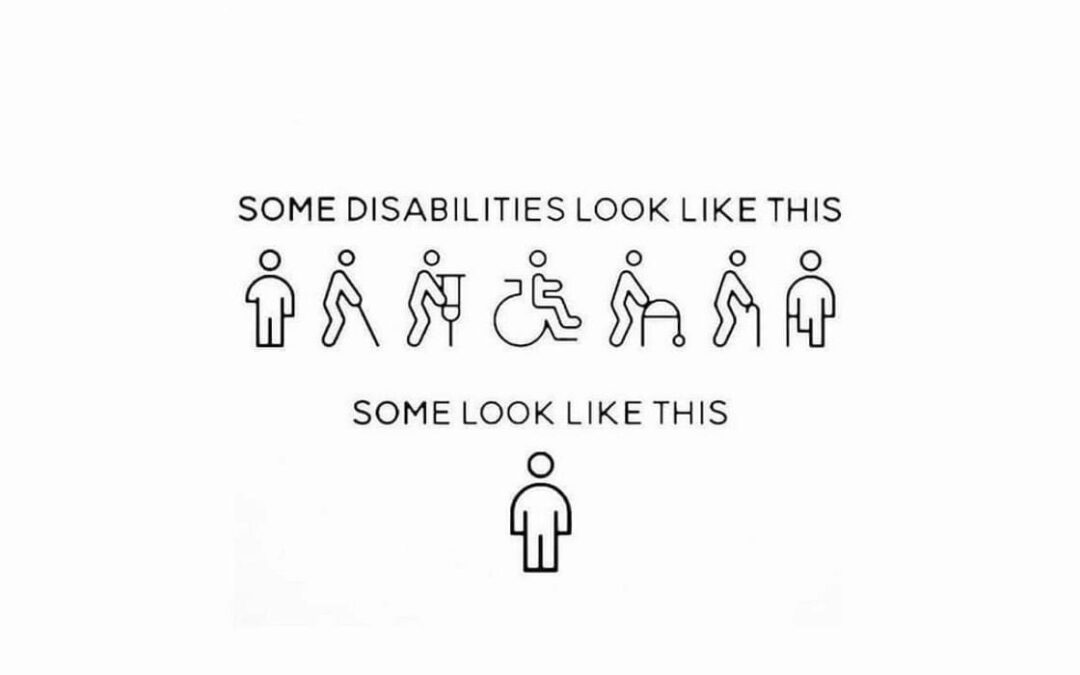
by Jennifer O'Connell | Aug 14, 2020 | Auto Accident, Bicycle Accident, Brain Injury, Colorado, DUI, Motorcycle Accident, Pedestrian Accident, Personal Injury, Train Accident, Trucking Accident, Workers' Compensation
Brain Injury Survivors: Leaving Victim Hood Behind
Over the years, Queener Law has been trusted to work with brain injury survivors across the country. The Queener Law family has our own personal experience with brain injuries, and we have felt our own great losses and fought through our own great survivals. We understand what it means to have your life forever changed in an instant by a head injury. We also know what it means to feel like no one understands. For brain injury survivors who are suffering because of the negligence caused by someone else there are two major phases of understanding beyond the hurdle that all head trauma survivors face – relearning your life with your family and friends. For victims of negligence, you also have to compete with the medical treatment phase and the litigation phase.
Phase 1: Medical Treatment Phase
You know your body better than anyone. Even doctors. Doctors may have a list of letters after their names, and they may be at the top of their fields. But unless they are specifically trained and experienced in working with brain trauma, no matter how hard they try, they just won’t get it. They can run every test in the world, prescribe every anti-anxiety or anti-depressant medication, send you to therapist after therapist, or tell you to get more rest. And all of those things may take the edge off. But does that make you feel like you again? You need a specialist. You need someone who will listen. And someone who will understand. You need help finding the right medical team that can hear what you describe and allow it to set off light bulbs in their minds from their experience. You need the team that is equipped with the latest technologies, therapies, and treatments for the specific trauma you have – a team who will treat the injury, not the symptoms.
Specialists in traumatic brain injuries should also know that you are not the only person they should hear from. Sometimes you don’t even know how to articulate what’s going on or how you have changed since your injury. True brain injury specialists know that they must also reach out to your family, your friends, your coworkers, even your favorite coffee barista or mail carrier to get a full and complete picture of the uniqueness of your life. Only then can they craft the proper treatment plan for you.
Phase Two: Litigation
The second, and often most trying phase, negligence victims face is the litigation phase. Think about how difficult it is to get through to your family, friends, and physicians about your injuries. Now try to express how you feel to a suit hired by the person who is trying not to be held accountable. Or to a box full of strangers you are asking to award you money for all you have gone through and the fight you have ahead of you. It cannot be understated the importance of having a team behind you who has learned through experience how to articulate to the opposition the concrete changes you have experienced, to paint a clear picture of what your life used to look like and hang it next to one of what it looks like now.
Queener Law has decades of experience working with families as they navigate this phase. We have helped them find the right medical teams and helped them learn how to express themselves to their community in a way that sets them up for the compensation they require to face their future. We have also faced these same phases in our own lives. There is no part of this process that we have not experienced on a personal level ourselves. What makes us uniquely capable of working with brain injury survivors is that we live amongst them every day. Some of us grew up with them, some of us are growing and learning with them now. We will not ask you do to anything alone, and we will not recommend to you anything we have not experienced ourselves. You are a negligence victim and a brain injury survivor. Let us help you become a survivor of both.
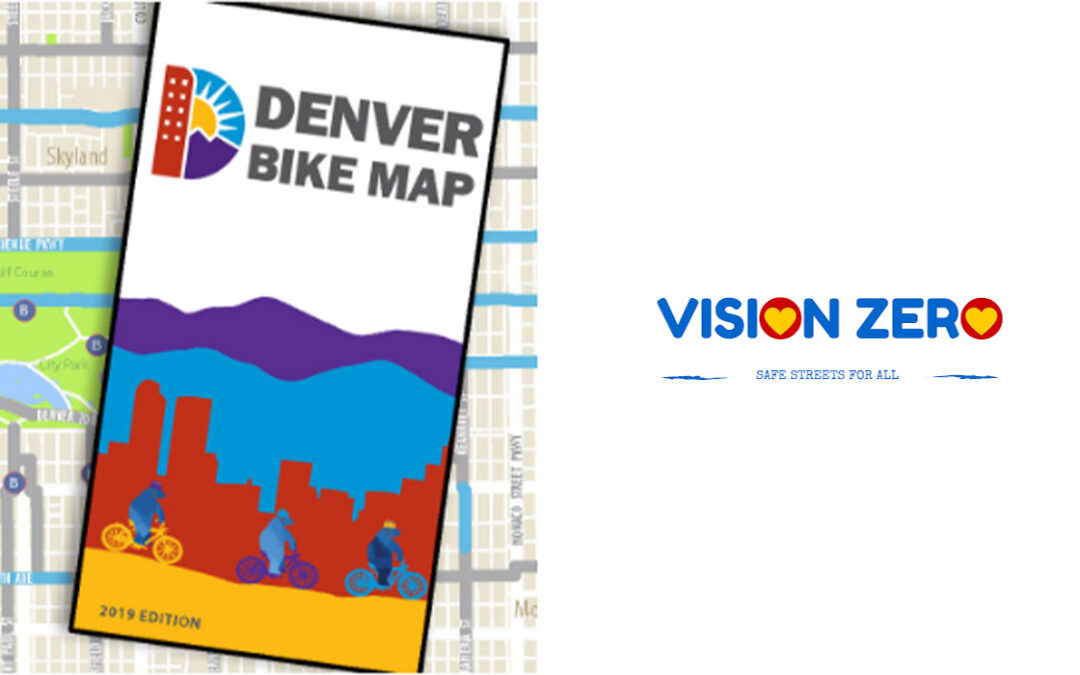
by Jennifer O'Connell | May 28, 2020 | Bicycle Accident, Brain Injury, Colorado, Pedestrian Accident, Personal Injury
Be Heard About Protected Bike Lanes
Bike lanes and multi-modal transportation seem to be finally on the radar as a priority for the City and County of Denver. We have seen more protected bike lanes popping up and plenty of attention given to what to do about scooters and e-bikes with respect to our roads and sidewalks. Denver is looking at the South Central Community in June, hoping to build a better connection for cyclists and multi-modal users from South Denver through Capitol Hill. The City and County have asked users and neighborhood dwellers to complete this survey to make sure their priorities are heard as the plans are drawn. The survey is based on a recommendation from Denver Moves: Bikes to install a bike lane along N. Washington Street / N Clarkson Street. The debate currently stewing is whether bike trails, protected bike lanes, or the bike lanes from the days of old are the best measure. As cyclist deaths and bike wrecks have been on the rise and gaining more attention in the area, advocates have been pushing for further protection for cyclists. The proposed protected bike lanes would provide a physical barrier between bikes and vehicles with clear demarcations of territory. We have seen several of these pop up in the Downtown area in recent months. The current survey is open through June 7 and seeks your opinions on protected bike lanes versus separate trails or shared streets. Click here to be heard!
Initiatives
The local government has set some goals in the face of the increase in severe injuries and fatalities suffered by cyclists in recent years. Denver Vision Zero has become a part of the charge, and 2030 is the goal date. By that finish line, Denver City and County Department of Transportation & Infrastructure plans to accomplish the following:
- Increase Walk & Bike Commute Mode Share by 15%
- Make 100% of City and County households within ¼ mile of a High Comfort Bikeway
- Increase Miles of Bikeways by 125 miles
- Eliminate… completely… Traffic Deaths and Serious Injuries
While these are tall orders, particularly the later, they are nonetheless noble. As a community, we can help support these goals by participating in surveys like the one contained herein, as well as engaging in Bike to Work Days and multi-modal use in general. Higher usage of protected bike lanes and trails, as well as higher participation in surveys and community outreach and awareness events signals to the local government that this is a priority for the citizens of Denver, as well.
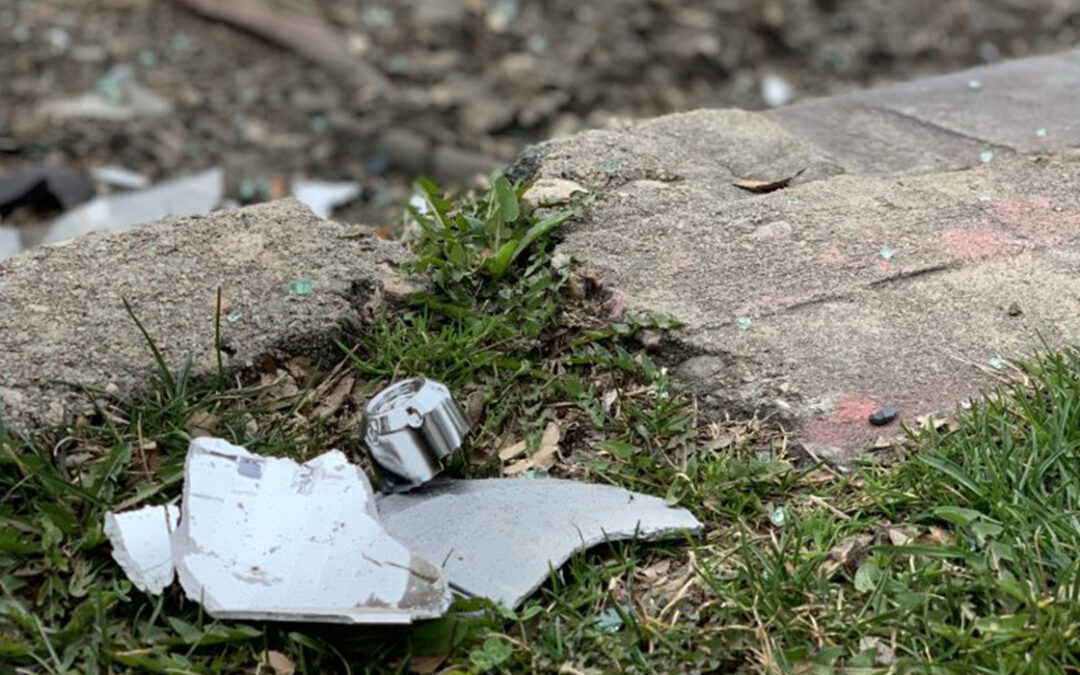
by Jennifer O'Connell | Mar 25, 2020 | Auto Accident, Bicycle Accident, Brain Injury, Bus Accident, Colorado, DUI, Kentucky, Motorcycle Accident, Pedestrian Accident, Personal Injury, Tennessee, Trucking Accident, Workers' Compensation
Injuries and Coronavirus
It is understandable that people’s thoughts are elsewhere in times like these. But when our minds are not on the roads or on the safety of ourselves and others, we heighten the dangers around us. While we’ve been asked to stay at home, we are not all so lucky to be able to hunker down. Here are some tips on how to deal with crashes, falls, and other injuries and coronavirus.
1. Keep Your Distance
“Social distancing” is a phrase we’ve heard enough times lately that we are hearing it in our sleep. But that truly is the best way to stem the tide. When you are in a wreck or if you suffer a fall, you should still remind yourself and others to stay at a safe distance. Unless you are in need of immediate medical assistance, make sure to ask witnesses and helpful bystanders to call the proper authorities to assist. If you are in a crash, you will need identifying information for the person that caused the collision. Please be sure to do so at a safe distance.
2. Get Help Immediately
As is always the case when you suffer an injury, immediate medical evaluation and care is essential. This does not change in the times of COVID-19. Hospitals and doctor’s offices are over crowded. Also, these places are full of people being tested for the exact virus we are hoping to avoid. You do not want to add illness to injury. However, many medical providers are assisting injured parties remotely. Consult a physician about your injuries from the comfort of your home. However, as always, if you are severely injured, get yourself to emergency care right away!
3. Take Photos
If you are physically able, or if a friend or loved one can assist, take pictures of anything and everything pertinent to your injury. Because the authorities are focused on coronavirus and keeping our communities safe, they may not be available to respond to the scene of a crash, fall, or other injury. It is vital to your financial recovery that you document the details on your own or with the help of loved ones.
4. Call Us Immediately
After you have cared for your injuries and the injuries others, call us. We can take the reigns and handle the investigation and insurance companies for you so that you can focus on what’s important. We remain fully functional and fully staffed during this crisis because you are important to us. We will stay at the watch to help with your needs. We are here to help you navigate the brave new world of injuries and coronavirus. Hopefully this is a short phase of our lives. But while it’s here, so are we.
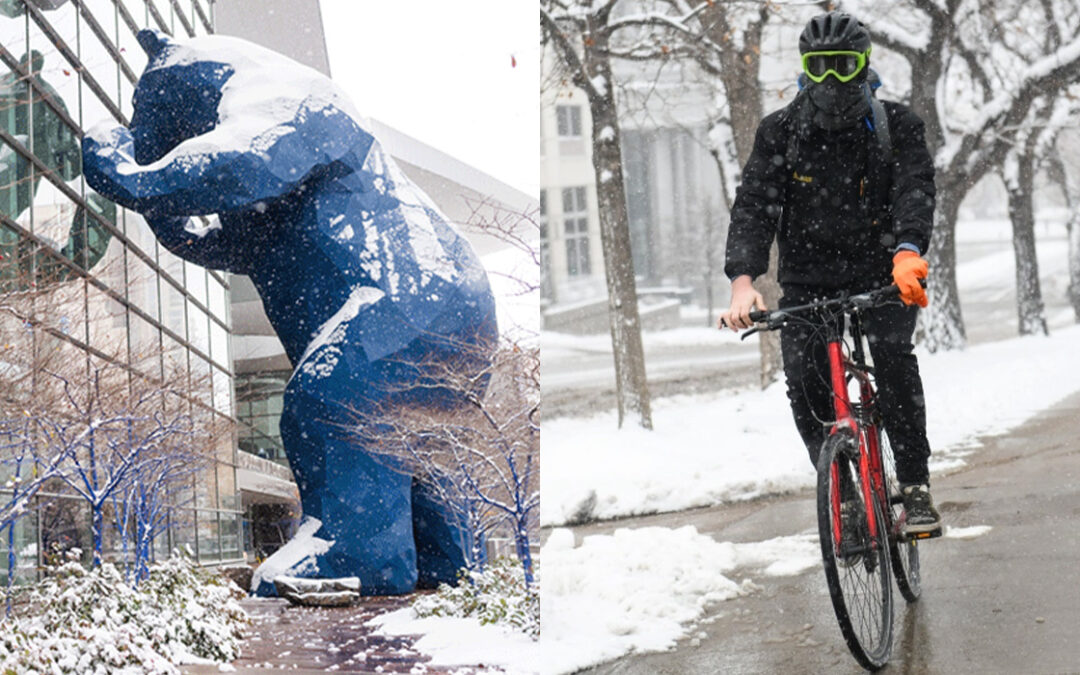
by Jennifer O'Connell | Feb 12, 2020 | Brain Injury, Colorado, Pedestrian Accident, Personal Injury
How Denver Keeps You Safe in the Snow
The City of Denver boasts their snow maintenance measures as some of the best. That may or may not seem true to you. Let’s explore what their process currently involved and how Denver keeps you safe in the snow.
Snow-Save Bike Lanes
Did you know that the City has special plows for bike lanes? Us, either. In fact, it often seems that the bike lanes are hand places to deposit snow pushed off the roadways. However, city officials told The Denver Channel in a recent interview that there are two special plows owned by the city that are specifically used for clearing protected bike lanes. The City claims these lanes are plowed at the same frequency as main streets. A simple walk around the neighborhood with your fur babies shows exactly how little we know about the city ordinances related to snow maintenance on our own property. According to the City, homeowners have 24 hours to clear their sidewalks after a snowstorm. Businesses have a much shorter term of 4 hours from the end of the snowfall. The City also claims to have two inspectors canvassing 3,000 miles of city sidewalks to make sure home and business owners have complied. If you spot any offenders, the City urges you to call 3-1-1 to report the icy walkway.
How Denver Keeps You Safe in the Snow
We get many calls from severely injured folks due to falls on snow and ice. We have seen fractured backs, torn rotator cuffs, limb fractures, and head trauma due to these falls. And in most cases, these falls occur even though the pedestrian was extremely cautious. Some have happened exiting their apartment buildings, walking into their workplaces, or entering businesses. And in each of the cases in which we have represented the injured, there was a failure on the part of the business to adequately remediate the snow and ice in places most commonly traveled by customers and tenants. Denver has very strict rules when it comes to snow remediation, as does state law. Colorado courts have determined that businesses must watch for snow and ice dangers in the weather, shovel, plow, and lay ice melt materials to further protect the public. The law does not remove the onus on pedestrians to be aware of dangers and protect themselves. However, businesses are in the best position to protect pedestrians from injury. Denver’s requirements help keep you safe in the snow.
What You Can Do To Help
As the City requests, in order to protect yourself and others from serious injury, simply dial 3-1-1 if you see a home or business not complying with the city ordinances and state law. You will not only help keep the community safe, but you will also save the homeowner and business from having to contact their insurance company to report the injuries their negligence caused. And as we always implore, please be aware of elderly and disabled neighbors. They may not be able to protect others, or themselves, from injury by shoveling snow and laying snow melt. Also consider your neighbors with strollers, postal workers, and those nice folks that deliver your Amazon packages. Let’s do what we can to help avoid injuries in our community. At the end of the day, absolute prevention is the only real way to ensure safety.






